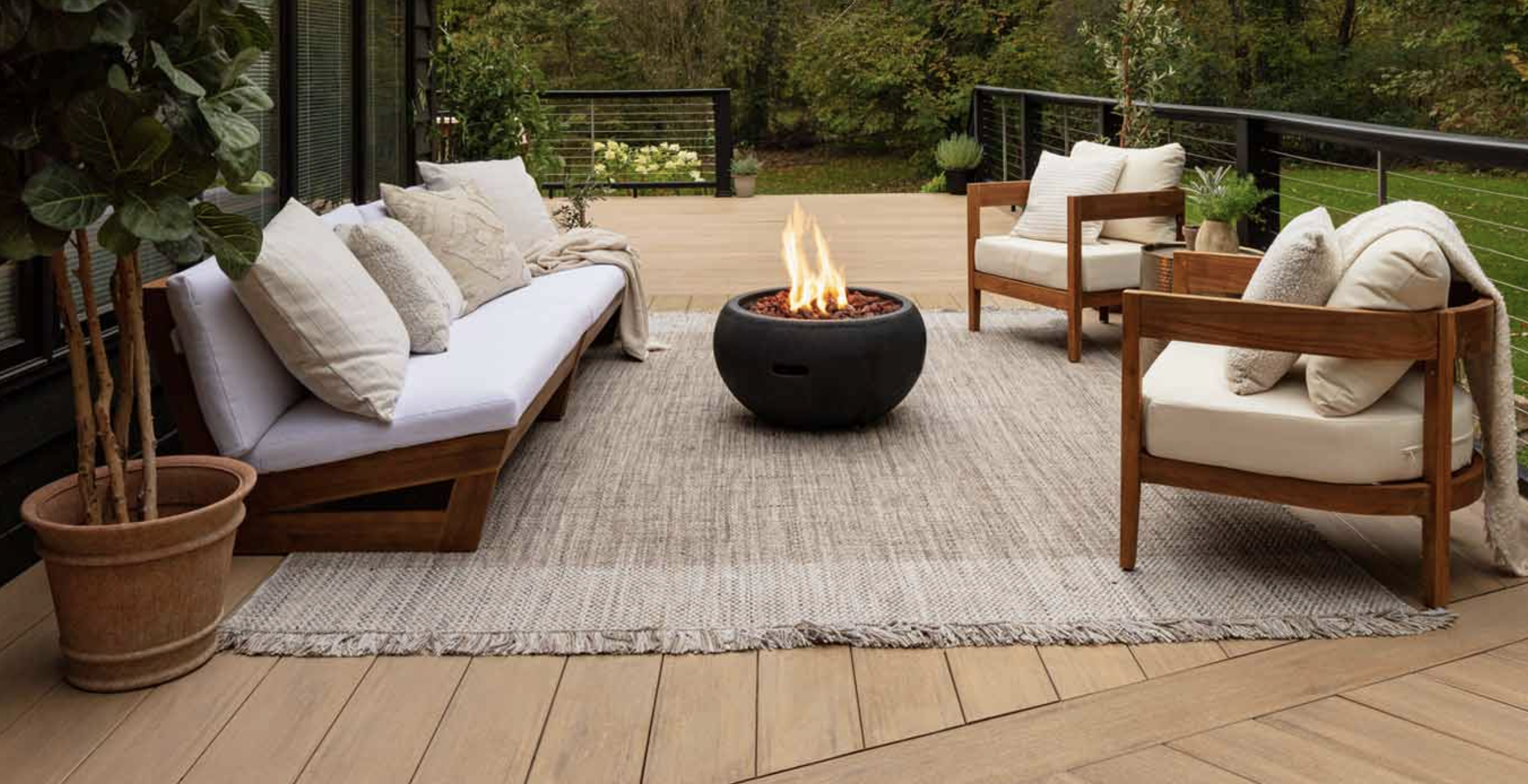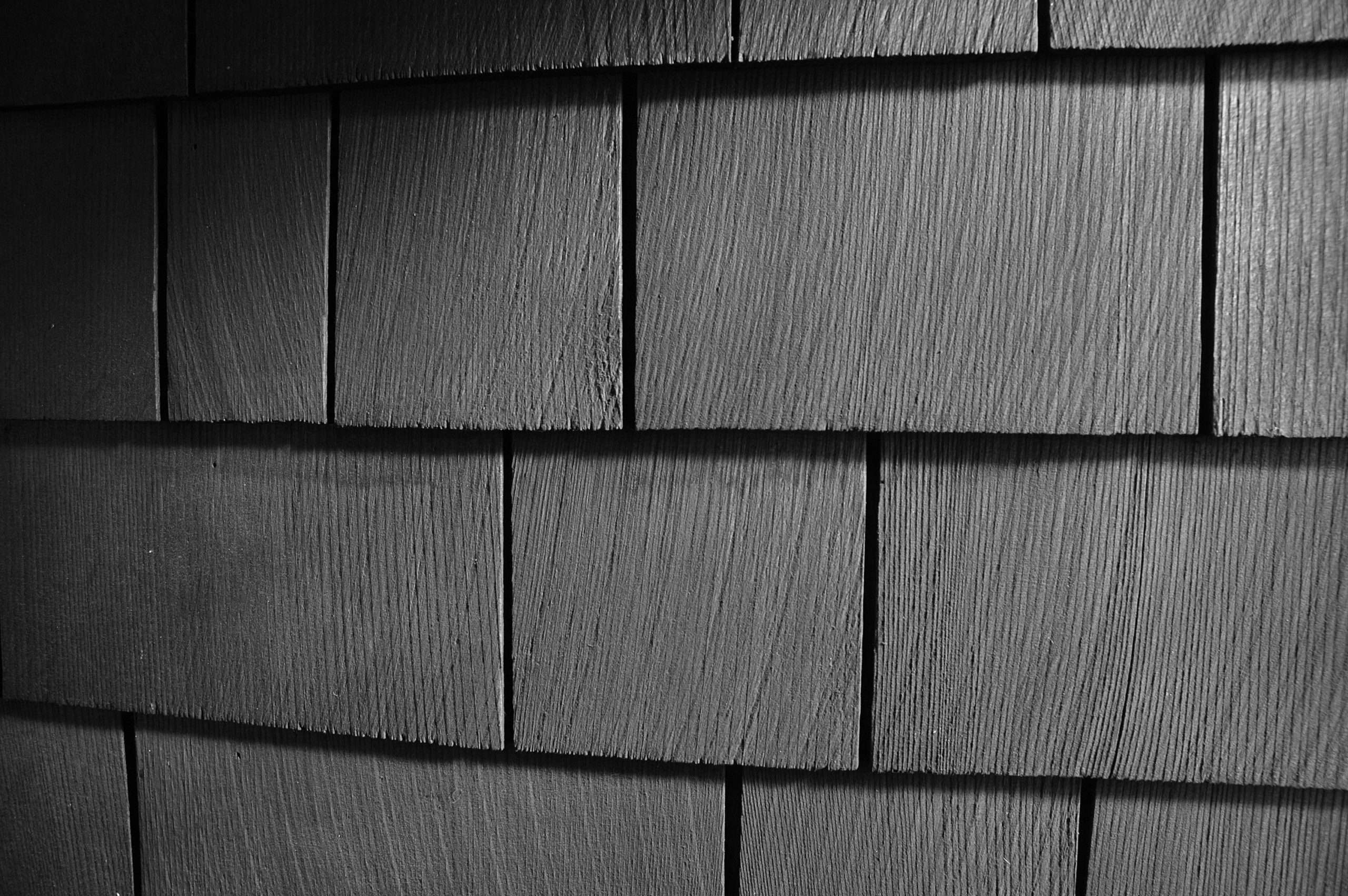80 to 50 in 30 – you know what we’re talking about! 80 degrees to 50 degrees in 30 minutes.
Have you ever experienced one of those days where it was foggy, blustery, 55 degree sweater weather in Morro Bay, and then after a quick 45 minute drive to Paso Robles, it was sunny, bright, and 80 degree short sleeve weather?
Welcome to the California Central Coast!
Beneath the sweeping vistas and rolling hills of California's Central Coast lies a tapestry of microclimates, small-scale atmospheric zones where the climate differs from the surrounding areas. These microclimates have profound implications for the local environment, agriculture, and especially home maintenance.
Table of Contents
- What are Microclimates?
- How do Microclimates Present Home Challenges?
- Understand Microclimates, Understand Home Maintenance
What are Microclimates?
Microclimates arise from subtle variations in geography, altitude, ocean proximity, and vegetation. In the Central Coast region, these factors combine in unique ways.
First there is the coastal Influence. That gigantic body of water outside your window, the Pacific Ocean, exerts a cooling effect on nearby areas. Its presence creates a foggy and cool microclimate (Morro Bay, for example) that contrasts sharply with inland zones (Paso Robles).
Next, topography – the “lay of the land” – plays a role. Mountain ranges such as the Santa Lucia, and the Diablo Range act as climatic barriers. These mountains create what is known as “the rain shadow effect” leading to drier conditions on their leeward sides.
Finally, soil and the vegetation on the ground affect microclimates. Soil varieties, and different plant communities can affect temperature and humidity levels, further contributing to the diversity of microclimates.
For example, the Central Coast’s wine industry has microclimates to thank. Vintners capitalize on climatic niches to grow grapes that produce distinct wines. Cool, foggy microclimates are perfect for Pinot Noir, while warmer, sunnier pockets favor Cabernet Sauvignon
How do Microclimates Present Home Challenges?
Knowing your region – how the microclimate affects the weather and which elements come to assault your home – is important knowledge to safeguard your home.
Homes in cooler, damper microclimates may struggle with mold and mildew, requiring materials and paints that resist fungal growth. Paying attention to home maintenance in these areas, such as washing your home every 2 years, is critical.
In sunnier, warmer microclimates, such as Paso Robles, the homes are assaulted with the sun’s ultraviolet rays. The prescription protection against this UV radiation, which fades colors, breaks down coatings and eventually degrades materials.
Areas with higher wind speeds, often found near the coastline or atop hills, necessitate robust construction, and wind-resistance in mind. For example, wind protection on your deck may make deck living more enjoyable, but also protect your deck (e.g., railings) from damage.
Also depending on where you reside on the Central Coast builders may incorporate passive solar heating for cooler areas or natural ventilation for warmer ones, reducing the reliance on mechanical systems.
Understand Microclimates, Understand Home Maintenance
The science of weather microclimates is a fascinating study of nature's complexity, and its effect on the California Central Coast. By understanding these microclimates, we are better able to understand the preventative measures we need to implement to protect our homes.
Although basic maintenance is great for any type of home, tailoring a plan to your specific area, weather, and microclimate is the nuances necessary to keep your home healthy for many years.
Call Rogall + Co. to determine the perfect maintenance plan for your region.
The next time you are enjoying the warm weather inland, and then head to the coast forgetting your jacket – freezing in the fog, you now understand the culprit behind your discomfort – Microclimates!











